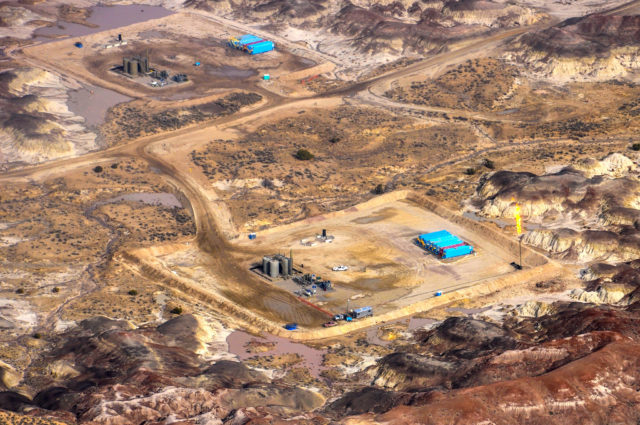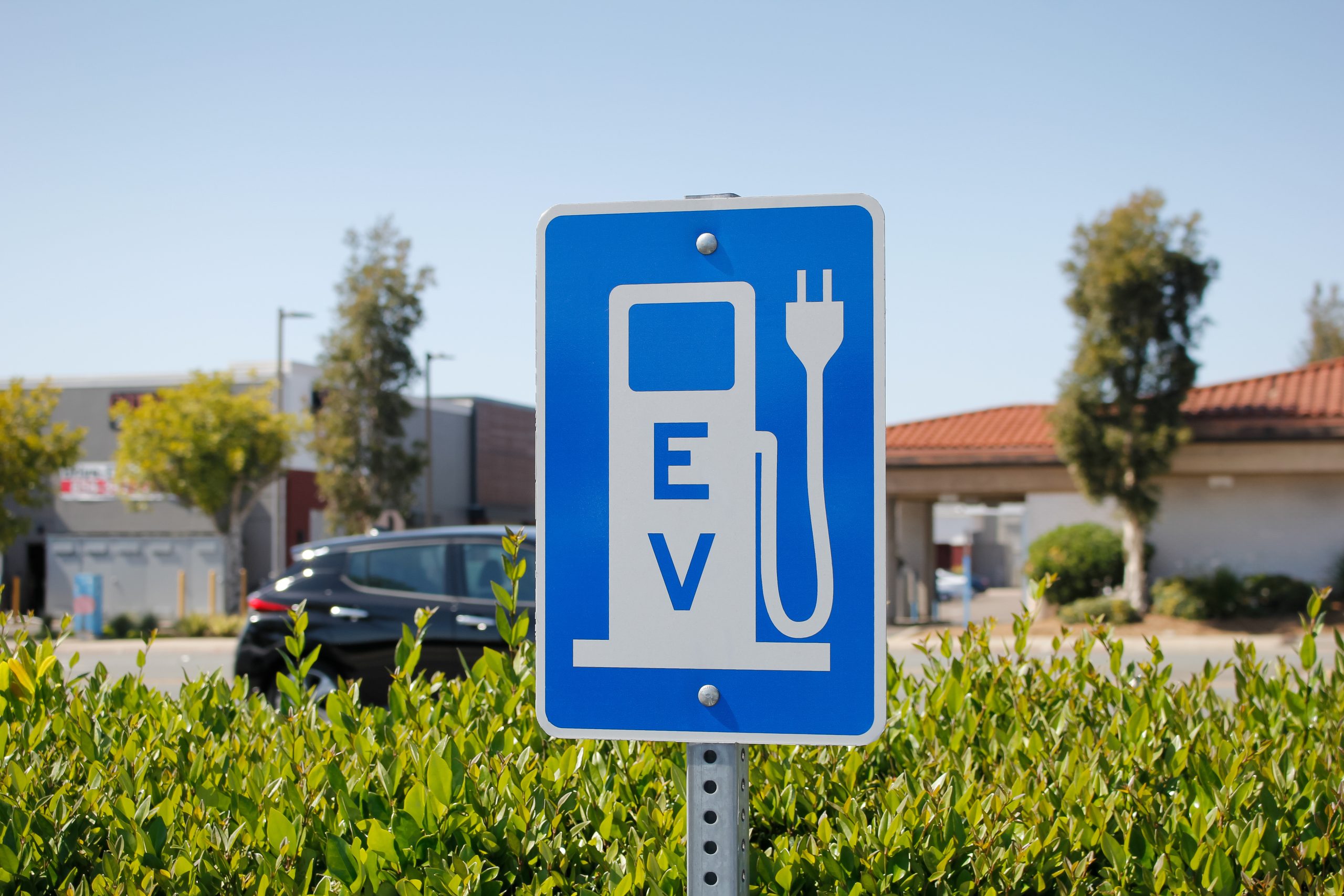
A thousand years ago, the stones in Chaco Canyon, New Mexico anchored the epicenter of Puebloan culture. They were assembled in great, multi-story buildings with hundreds of rooms and precisely oriented to solar, lunar and cardinal directions. The Chacoan meeting spaces fostered and influenced several Navajo clans and ceremonies, as well as Aztec, Mesa Verde and Chuska Mountain centers that emigrated, spiraling outwards in every direction.
Pueblo descendants today maintain the mountains, mesas and shrines along the surrounding San Juan Basin still imbue the high-desert air with deep spiritual meaning. Seven years after the National Park Service sanctioned the archeological ruins and surrounding areas as a National Historical Park in 1980, the native gathering place was declared a UNESCO world heritage site and, in 2013, it was designated as one of four International Dark Sky Parks in the U.S., affirming the otherworldly beauty of its star-lit sky.
Yet, even when bracketed by these awards and custodians invested in preservation, Chris Saeger, director of the Western Values Project, isn’t convinced that it’s enough to guarantee Chaco Culture will remain free from the influence of spreading industrial development and its congruent side effects.
Last month, the Western Values Project, with a mission to advocate for responsible and balanced energy development on public lands, released Oil and Gas Development at the Doorstep of ‘America’s Best Idea,’ a report stressing the possible correlation between increasing oil and gas development and decreasing visitation rates in proximate national parks and monuments.
“It is often forgotten that our national parks frequently emerge from political compromise. Their boundaries do not capture all of the scenery, just some of it,” the report states. “For that reason, conflict has flared over the years when [oil and gas] development projects have been proposed on lands just beyond a park’s boundaries.”
By looking at information publicly available through the Bureau of Land Management (BLM), the Department of the Interior and the National Park Service, the report highlights five national parks potentially suffering from neighboring energy development. The report states, “While other factors may be contributing to these declines, a clear pattern is emerging between park visitation and the intensity of nearby oil and gas production.”
Chaco Culture National Historical Park has suffered the most, according to the report. With almost 3,500 new gas wells constructed within the San Juan Basin between 2005 and 2007, and an 83 percent oil production increase since 1993, the report claims visitation to Chaco Culture fell 43 percent within the same time period.
The Western Values Project found similar circumstances in four other protected sites around the West: Carlsbad Caverns National Park, Theodore Roosevelt National Park, Guadalupe Mountain National Park and Little Bighorn Battlefield National Monument. The trends outlined by the report are clear: Increase oil and gas development in certain areas, and proximate national parks will suffer. However, as the mathematical adage goes, “Correlation does not imply causation.” So, is it fair to draw such pointed conclusions?
“I think what we are trying to do with this report is to start a conversation that asks exactly that question,” Saeger says. “Maybe we’re not trying to draw super direct linkages, but rather we’re trying to ask: If we see these two things happening alongside each other in a correlation, what are the possible reasons for that? And how can this shape the decisions that the land managers make with our incredible resources?”
Nathan Hatfield, chief of interpretation at Chaco Culture National Historic Park, is hesitant to place all blame on oil and gas development. Despite the reported 43 percent drop in their visitation, Hatfield claims that within the past year, Chaco’s visitation has bounced back by nearly 40 percent. “Yes, we are concerned about what’s going on with oil and gas around the area. There are some properties near the park where this type of activity is happening, and it could potentially harm our resources, potentially,” he says. “But we really don’t know the full effects.”
He adds, “We are in a tough spot to really speak out on this issue because one of the land owners that is involved with oil and gas is the BLM. So in order to remain in good standing with them, we try not to get too critical about what’s happening with oil and gas.”
The BLM manages more federal land than any other agency — around 245 million surface acres and 700 million sub-surface acres of mineral estate. Since the BLM first assumed responsibility for delegating proper usages of American land in 1946, there has been ongoing debate surrounding selective engagement and use of authority, and potential neglect of less popular public lands such as grasslands, plains and basins where most of the featured national parks are located.
The Western Value’s Project also reported that Carlsbad Caverns National Park in New Mexico, which protects important remaining wildlife and underground caves in the Chihuahuan Desert, saw visitation drop 35 percent between 1993 and 2015, while oil production increased 200 percent and 6,000 wells were drilled. Theodore Roosevelt National Park in North Dakota, “known as the ‘cradle of conservation,’” saw oil production in surrounding counties rise 841 percent and gas production increase 900 percent, and visitation declined 7 percent.
Montana’s Little Bighorn Battlefield National Monument, which commemorates the Sioux and Cheyenne conflict with the U.S. Calvary led by George Custer, witnessed gas production in Big Horn County increase by 7,000 percent between 1999 and 2008, with 325 new wells constructed in 2006 alone. During that same period, visitation to the national park plummeted by 28 percent.
And the Guadalupe Mountain National Park in Texas protects one of the finest preserved fossil reefs in the world. Around its borders in the Permain Basin, the report says, “natural gas production increased astronomically (by more than 10,000 percent), while oil production grew by 400 percent.” Within that the same time frame, visitation declined by 15 percent.
Elizabeth Jackson, the public information officer at Guadalupe Mountains National Park, echoes Hatfield’s pause in placing single-pointed blame. She says, “We can’t necessarily attribute [our whole visitation decrease] to one factor. Pollution is a big one, but you can’t really point to exactly where its coming from.”
There are other factors too that could be contributing to the decline, she says. “Encroachment. As more people move out and closer to park boundaries, we are seeing more and more housing closer to our boundaries too, which also increases pollution.”
However, she says, it is possible to determine that energy development can directly affect at least some aspects of the park. “We notice our greatest impact from oil and gas is the night sky viewing. The ambient light that we see [from the rigs and wells] affects the night sky. Our skies aren’t as dark. We used to experience a truly dark sky, and now its degrading.”
The beauty and importance of American land is not contained within National Park fences and boundaries. Plus, balancing the multiple agencies and actors invested in America’s public lands has been a recurrent struggle since the country’s birth.
“[We recognize] ecological boundaries do not match the social and political boundaries established in the ecosystem,” the National Park Service states on Yellowstone’s website. “Thus, most managers… have established relationships with neighboring agencies to coordinate actions that, in some cases, are quite different on each side of the park boundary.”
At the end of the day, Saeger says, ensuring National Parks stay protected in all possible interpretations is the goal. And the Western Values Project hopes to contribute to the conversation with its most recent report by demonstrating the work that still needs to be done.
“Whoever is the next President and Secretary of the Interior have an opportunity to improve the way we do planning at the doorstep of some incredible places,” he says. “It stands to reason that a park is a less desirable destination if there is an oil rig or a fracking situation right outside of it. We want to show that protecting the land is for an intrinsic good.”



